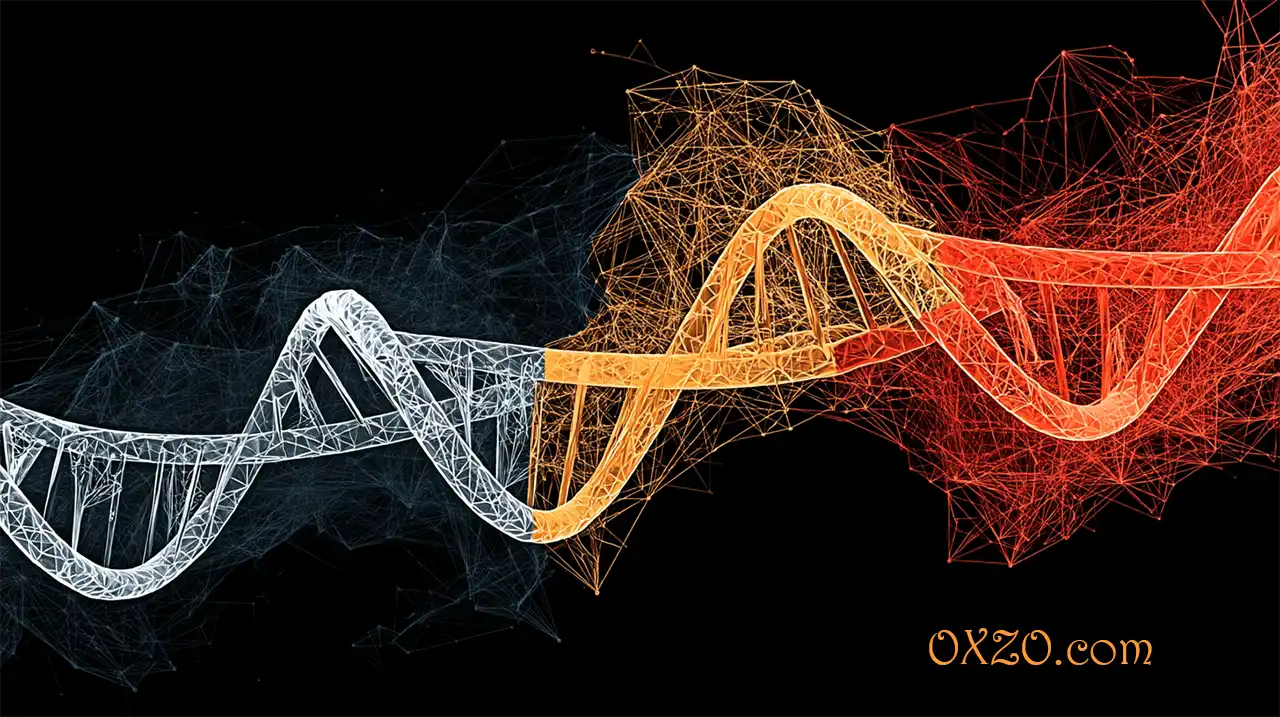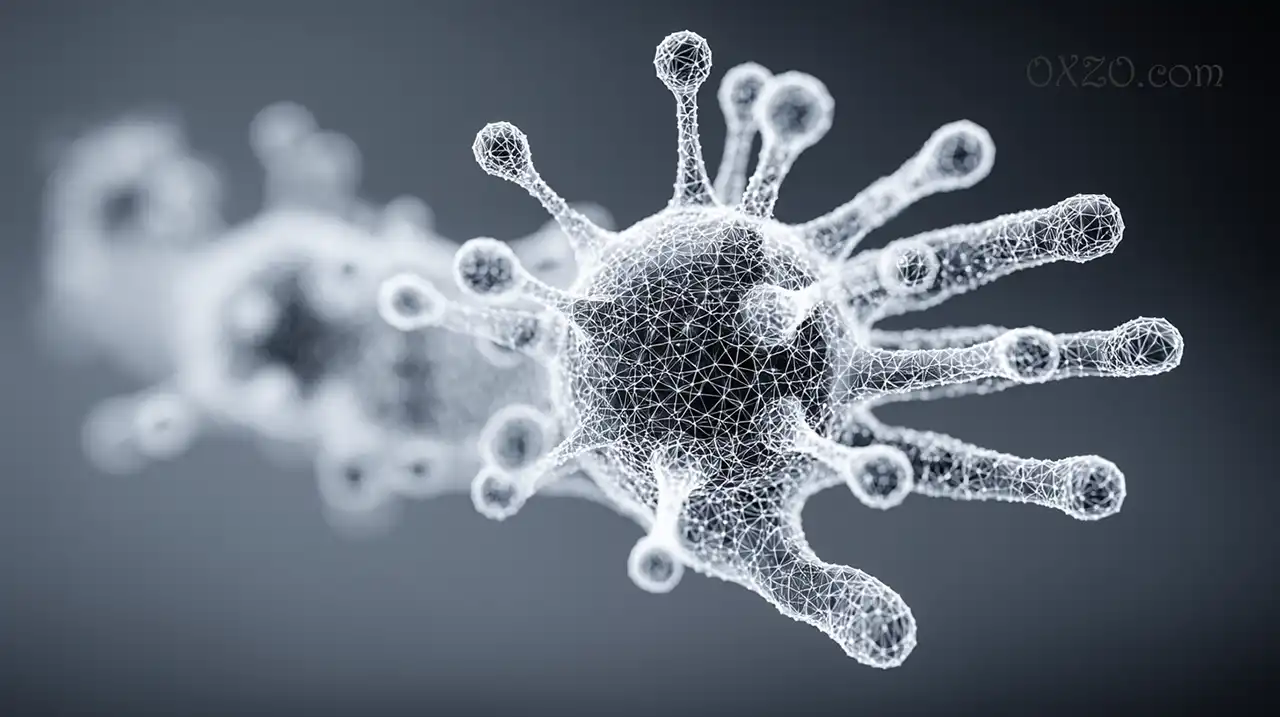Plasmid DNA, the small, circular packets of genetic information ubiquitous in bacteria, has transcended its origins as a fundamental tool in molecular biology research to become a cornerstone of emerging medical therapies. While often overshadowed by more complex viral vectors or sophisticated biologics, the inherent simplicity, adaptability, and improving safety profile of plasmids are driving their application across a diverse range of therapeutic strategies, from vaccination to gene therapy and beyond. As of early 2025, plasmid DNA-based approaches represent a dynamic and promising frontier in medicine, tackling infectious diseases, genetic disorders, and cancer.
One of the most established and clinically advanced applications of plasmid DNA is in the field of DNA vaccines. Unlike traditional vaccines that use weakened pathogens or specific proteins, DNA vaccines utilize plasmids engineered to carry the gene encoding a specific antigen (a protein from a pathogen or cancer cell). When administered, typically via intramuscular injection often coupled with methods like electroporation to enhance uptake, the patient’s own cells take up the plasmid DNA. These cells then transcribe and translate the antigen gene, producing the foreign protein directly within the body. This process effectively mimics a natural infection without the risk of disease, prompting both humoral (antibody-based) and cellular (T-cell based) immune responses against the target antigen. DNA vaccines offer several advantages: they are relatively stable, avoiding the need for a strict cold chain; they are generally considered safer than live-attenuated vaccines as they are non-infectious; and they can be rapidly designed and produced in response to emerging pathogens. While human DNA vaccines faced initial hurdles regarding immunogenicity compared to other platforms, ongoing advancements in plasmid design, codon optimization, and delivery methods have significantly improved their efficacy, leading to approvals in veterinary medicine (e.g., West Nile Virus vaccine for horses) and numerous ongoing human clinical trials for infectious diseases (HIV, Zika, influenza, COVID-19) and cancer immunotherapy.
Beyond vaccination, plasmid DNA serves as a critical vector in gene therapy, aiming to treat diseases by introducing, correcting, or silencing specific genes. In this context, plasmids carry a functional copy of a gene to compensate for a defective one (e.g., in cystic fibrosis or hemophilia) or introduce a gene with a novel therapeutic function (e.g., encoding a toxin to kill cancer cells or an immune-modulating factor). Plasmid-based gene therapy can be performed ex vivo, where patient cells are removed, genetically modified with the plasmid, and then returned to the body, or in vivo, where the plasmid is delivered directly into the target tissue. While viral vectors often achieve higher gene delivery efficiency in vivo, plasmids offer potential safety advantages, primarily a lower risk of integrating into the host genome (which could potentially disrupt other genes or cause cancer) and potentially reduced immunogenicity compared to viral components. However, challenges remain, particularly in achieving efficient in vivo delivery to target cells and ensuring sustained gene expression, as non-integrating plasmids can be diluted out during cell division or degraded. Research focuses heavily on developing sophisticated non-viral delivery systems (liposomes, nanoparticles, polymer complexes) and optimizing plasmid design (e.g., using “minicircles” – plasmids stripped of bacterial backbone sequences) to overcome these limitations.
Plasmids are also being harnessed for more nuanced therapeutic interventions. They can be engineered to produce RNA interference (RNAi) molecules, such as short hairpin RNAs (shRNAs), or antisense oligonucleotides. Once transcribed within the target cell, these molecules can specifically bind to and silence disease-causing messenger RNAs (mRNAs), effectively switching off detrimental genes. This approach holds promise for treating viral infections by targeting viral genes, managing genetic disorders caused by dominant negative mutations, and inhibiting oncogenes in cancer therapy.
Furthermore, the plasmid backbone itself can possess therapeutic properties. Bacterial DNA contains unmethylated CpG motifs that are recognized by Toll-like Receptor 9 (TLR9) on immune cells, triggering a potent innate immune response. This immunostimulatory effect means that plasmids can act as adjuvants, enhancing the efficacy of vaccines, or potentially serve as standalone immunomodulatory therapies in cancer or infectious disease contexts.
In conclusion, as of 2025, plasmid DNA is far more than just a laboratory reagent; it is an active therapeutic modality with expanding clinical relevance. From priming the immune system through DNA vaccines to delivering corrective genes in gene therapy and enabling precise gene silencing, plasmids offer a versatile platform for medical intervention. 1 While challenges related to delivery efficiency and duration of effect persist, continuous innovation in plasmid design and delivery technologies is steadily overcoming these hurdles. The relative safety, ease of production, and adaptability of plasmid DNA ensure its continued role as a vital component in the development of next-generation therapies, promising new avenues for treating a wide spectrum of human diseases.
Sources for Plasmid DNA Information
| Topic Covered | Source Title / Description | URL |
|---|---|---|
| Plasmid DNA Function & Biotech Use | Single Use Support: Explains the function of plasmid DNA, highlighting its use in genetic engineering due to autonomous replication. | Link |
| DNA Vaccines (Overview & Trends) | PMC (Zhang et al., 2024 study): Bibliometric analysis of DNA vaccine research (2014-2024), covering mechanisms, advantages, challenges, and key applications. | Link |
| Plasmid Gene Therapy (Monogenic Disorders) | MDPI (Review, 2025): Overview of plasmid-based gene therapy for monogenic diseases, detailing challenges (delivery, expression, etc.) and strategies. | Link |
| Non-viral Gene Delivery (Physical Methods) | PMC (Review): Discusses physical methods like needle and jet injection for delivering ‘naked’ plasmid DNA for vaccination and therapy. | Link |
| DNA/RNA Synthesis Technology for Therapeutics | BCC Research (Market Report, 2024/2025): Covers the market and technology for synthesizing DNA/RNA used in developing therapies, diagnostics, and vaccines. | Link |
| CpG ODNs & Immunostimulation (Overview) | Creative Biogene (Product Info): Explains CpG ODNs (related to plasmid motifs), TLR9 activation, immune effects, and use as vaccine adjuvants/therapeutics. | Link |
| CpG Motif Recognition by Human TLR9 | PMC (Bauer et al., Research Article): Demonstrates that human Toll-like Receptor 9 (TLR9) confers responsiveness to bacterial CpG DNA motifs. | Link |




